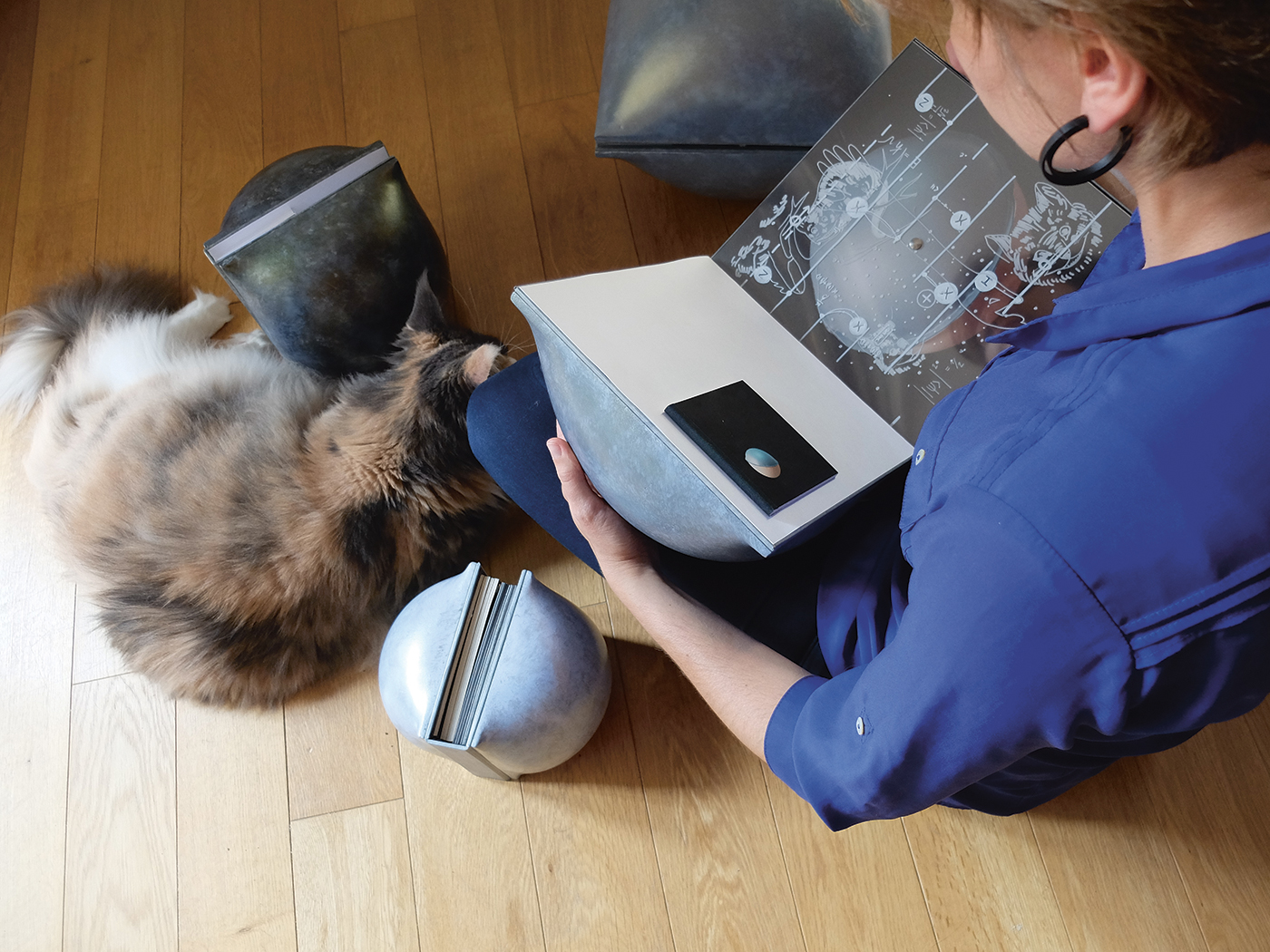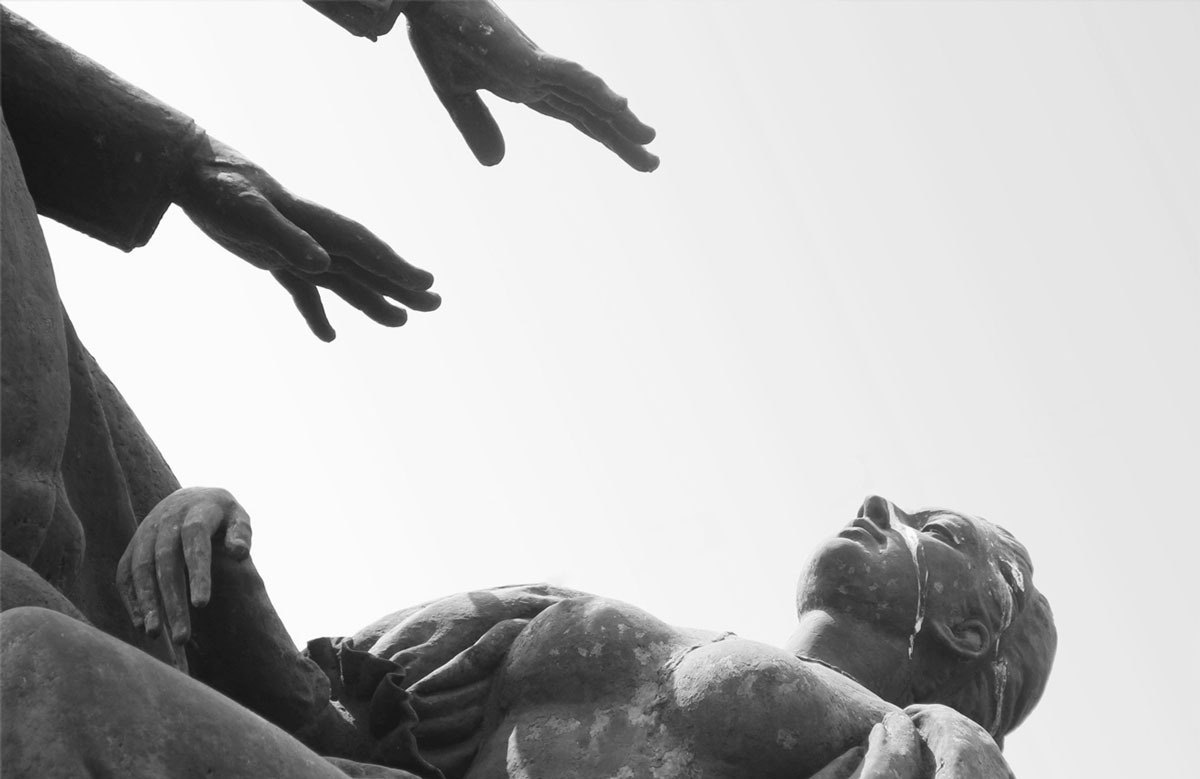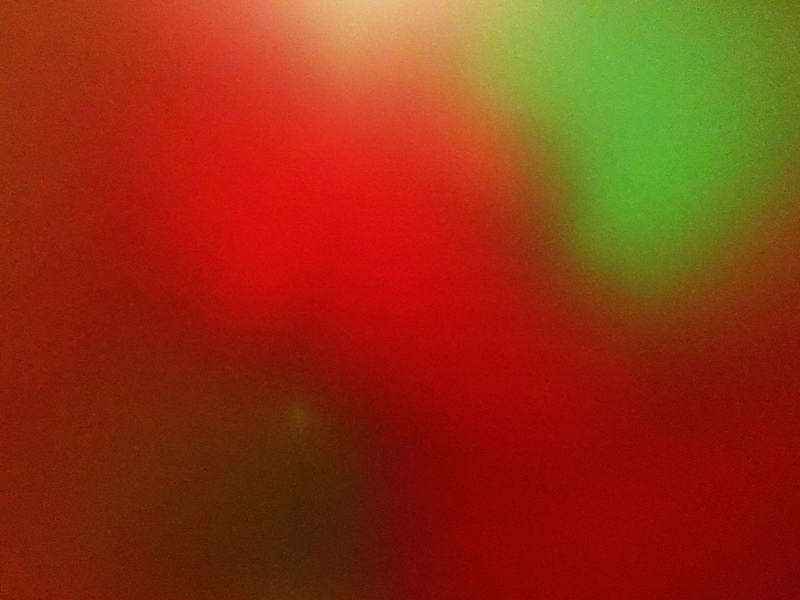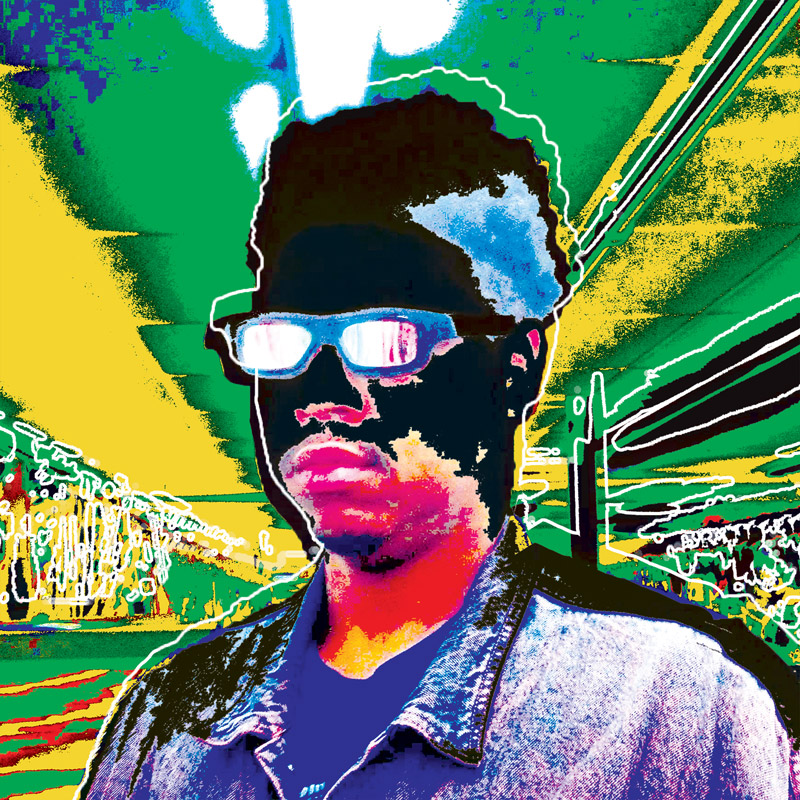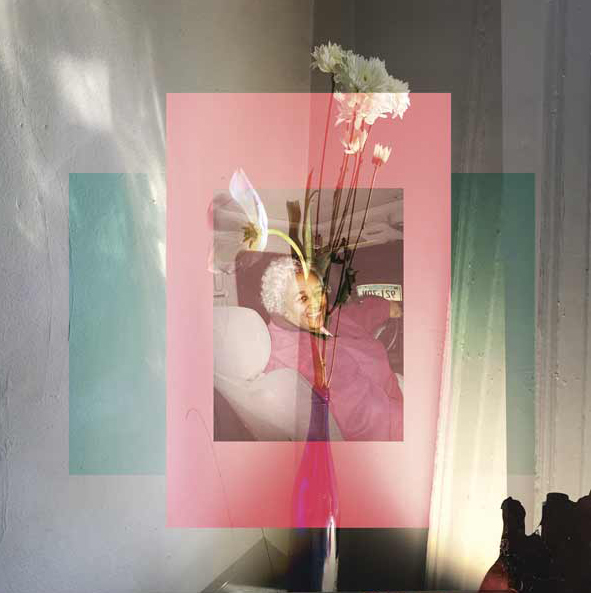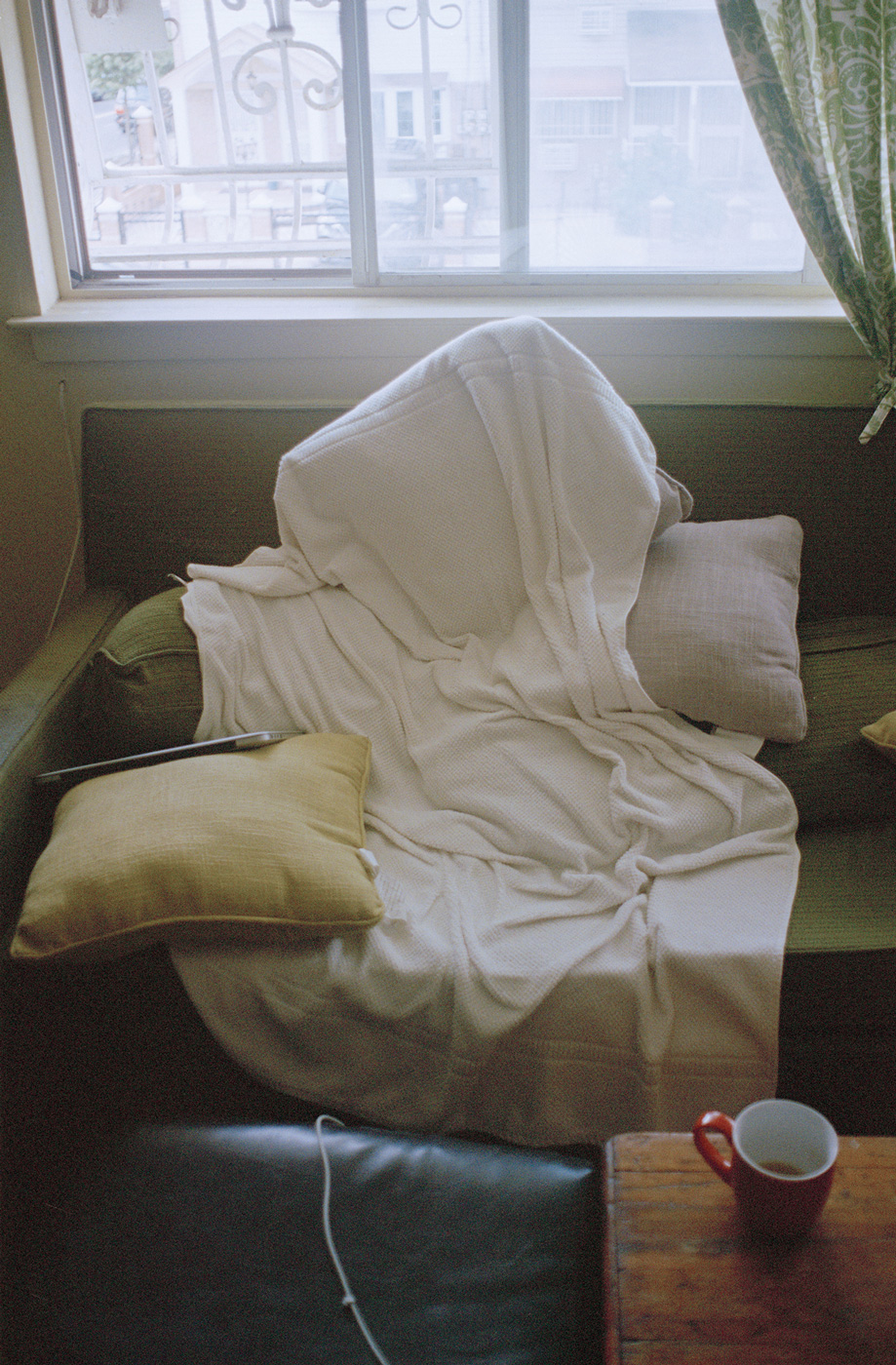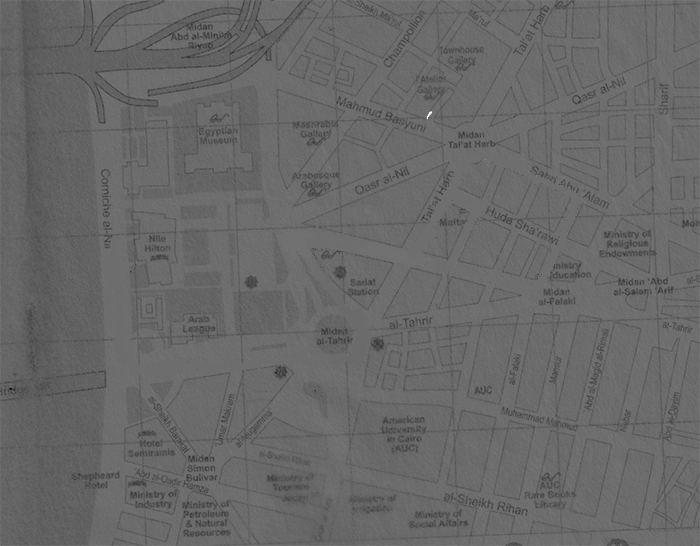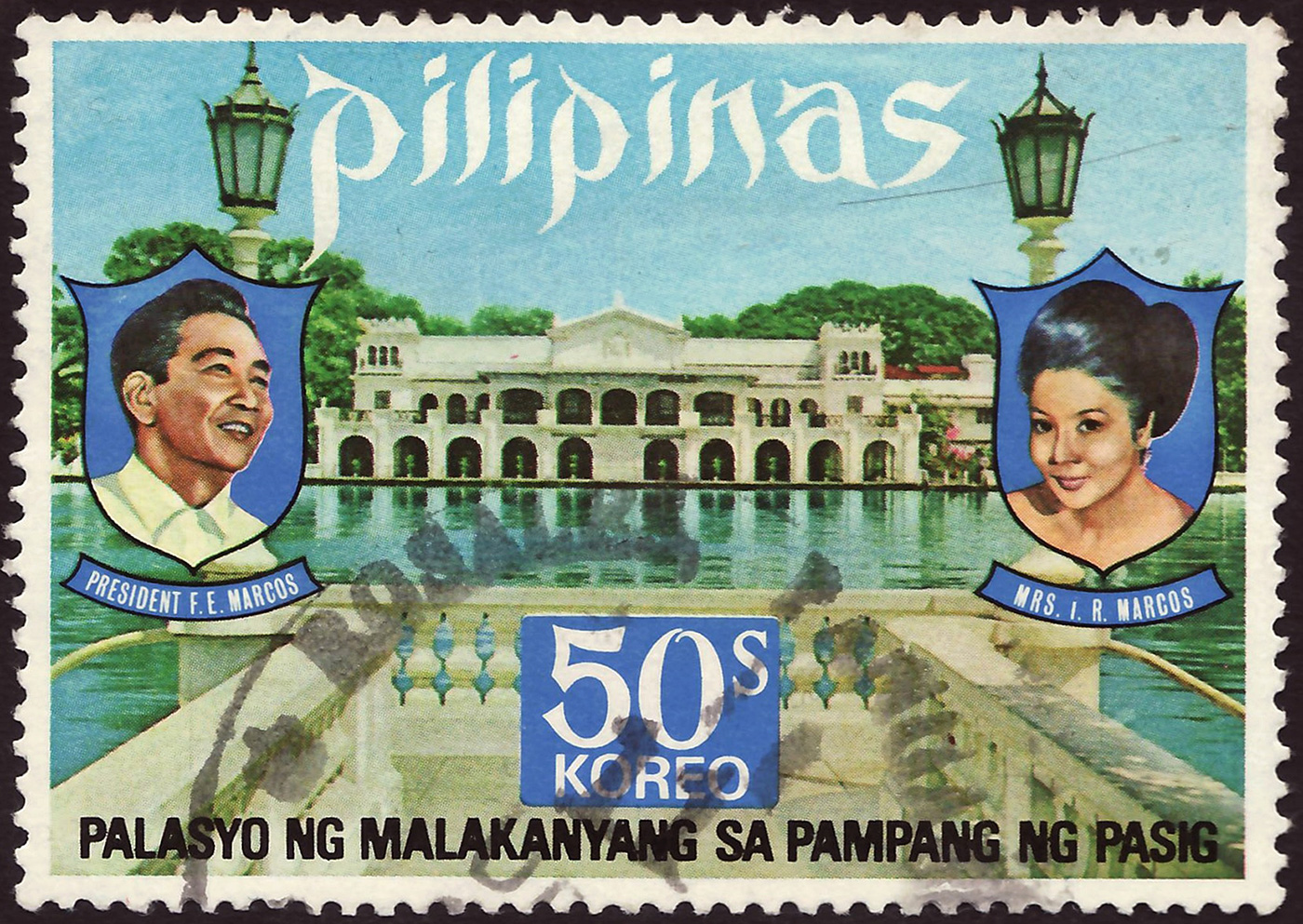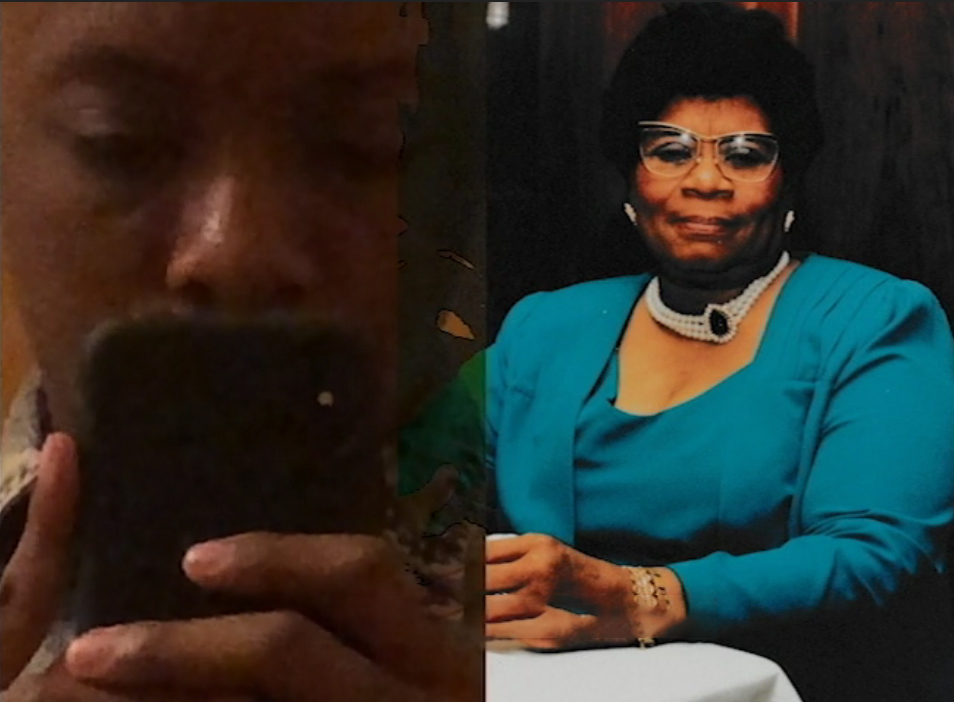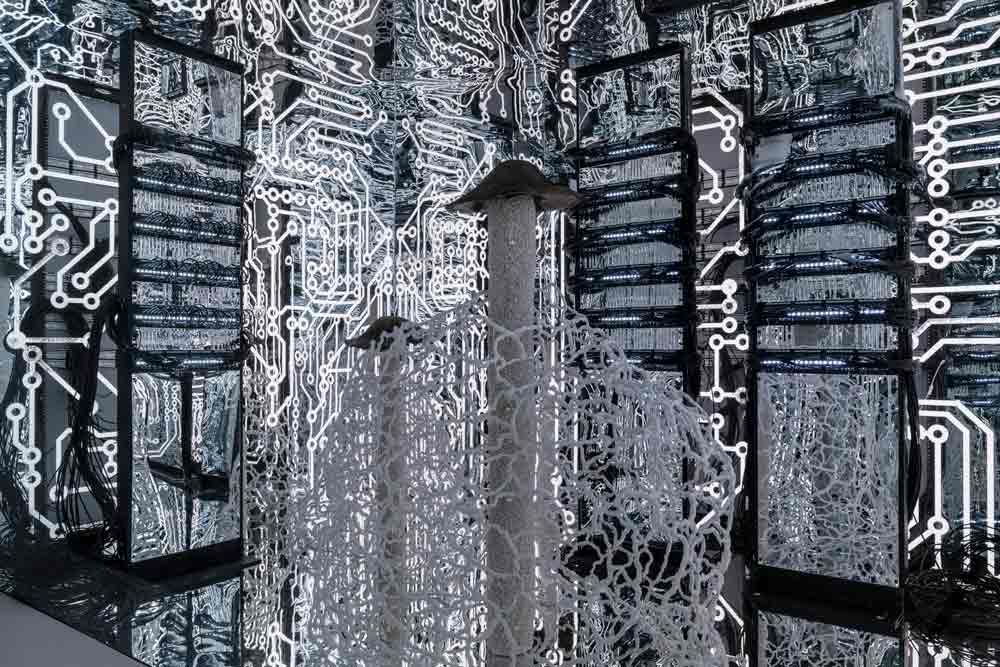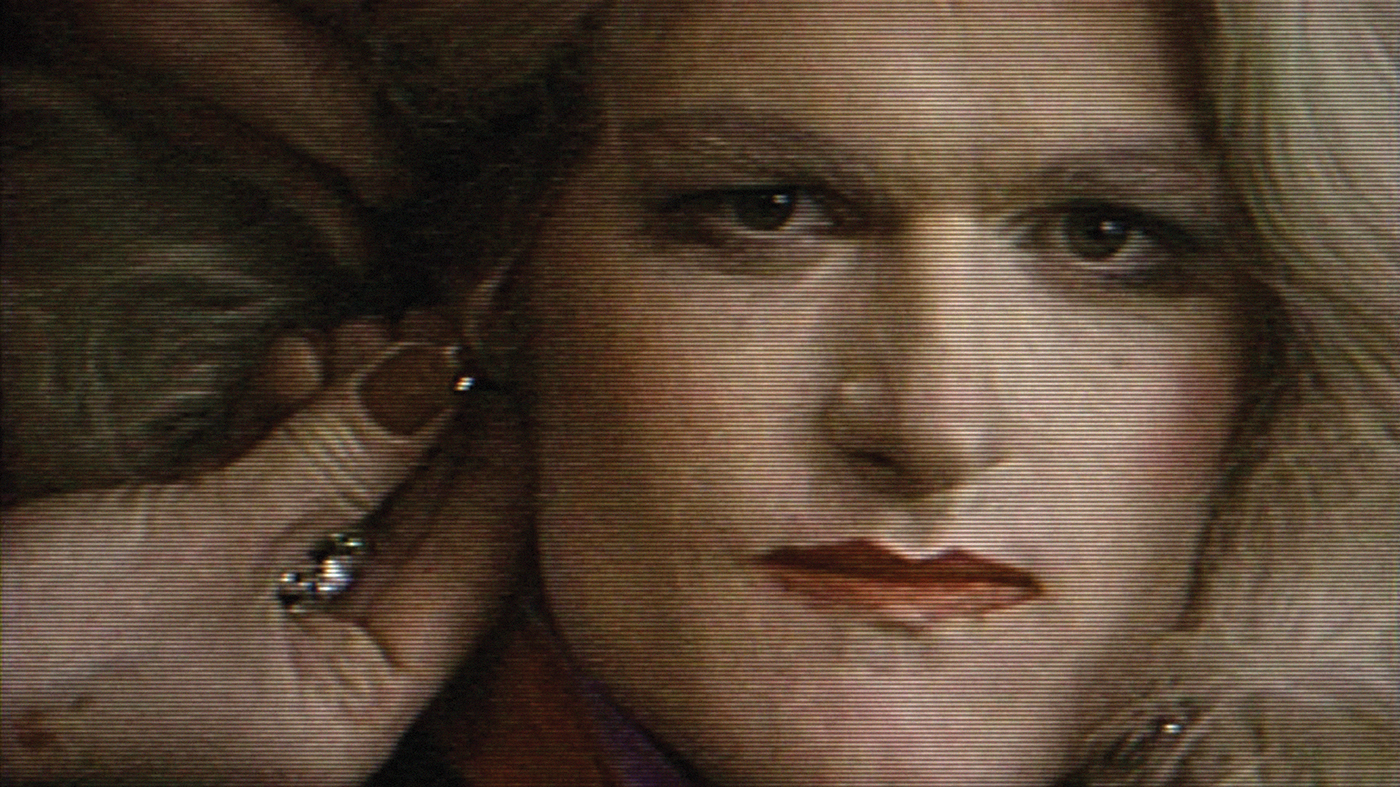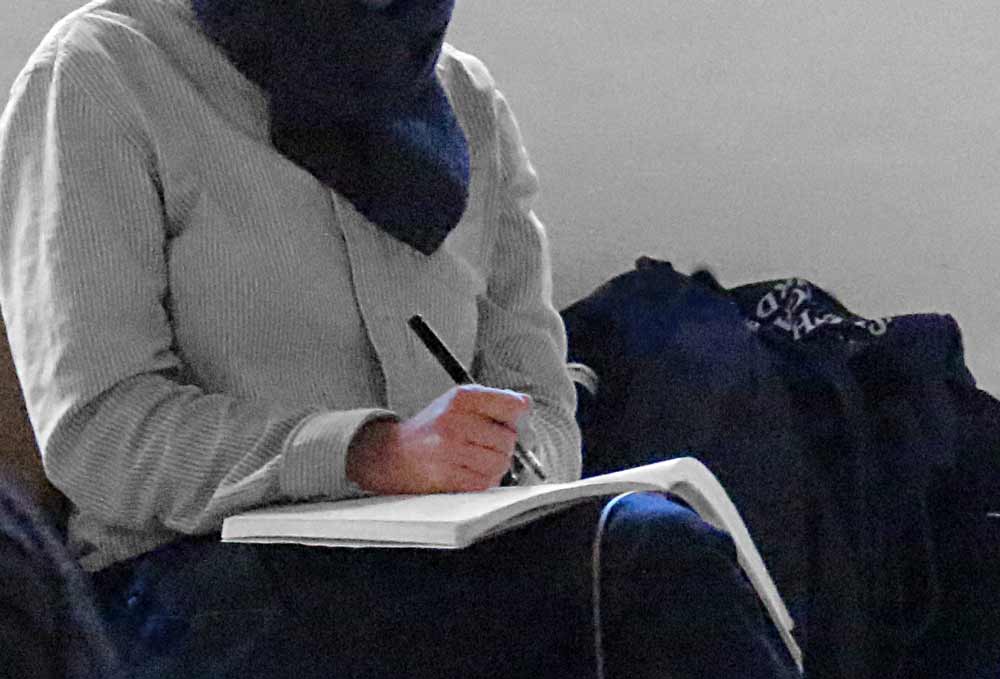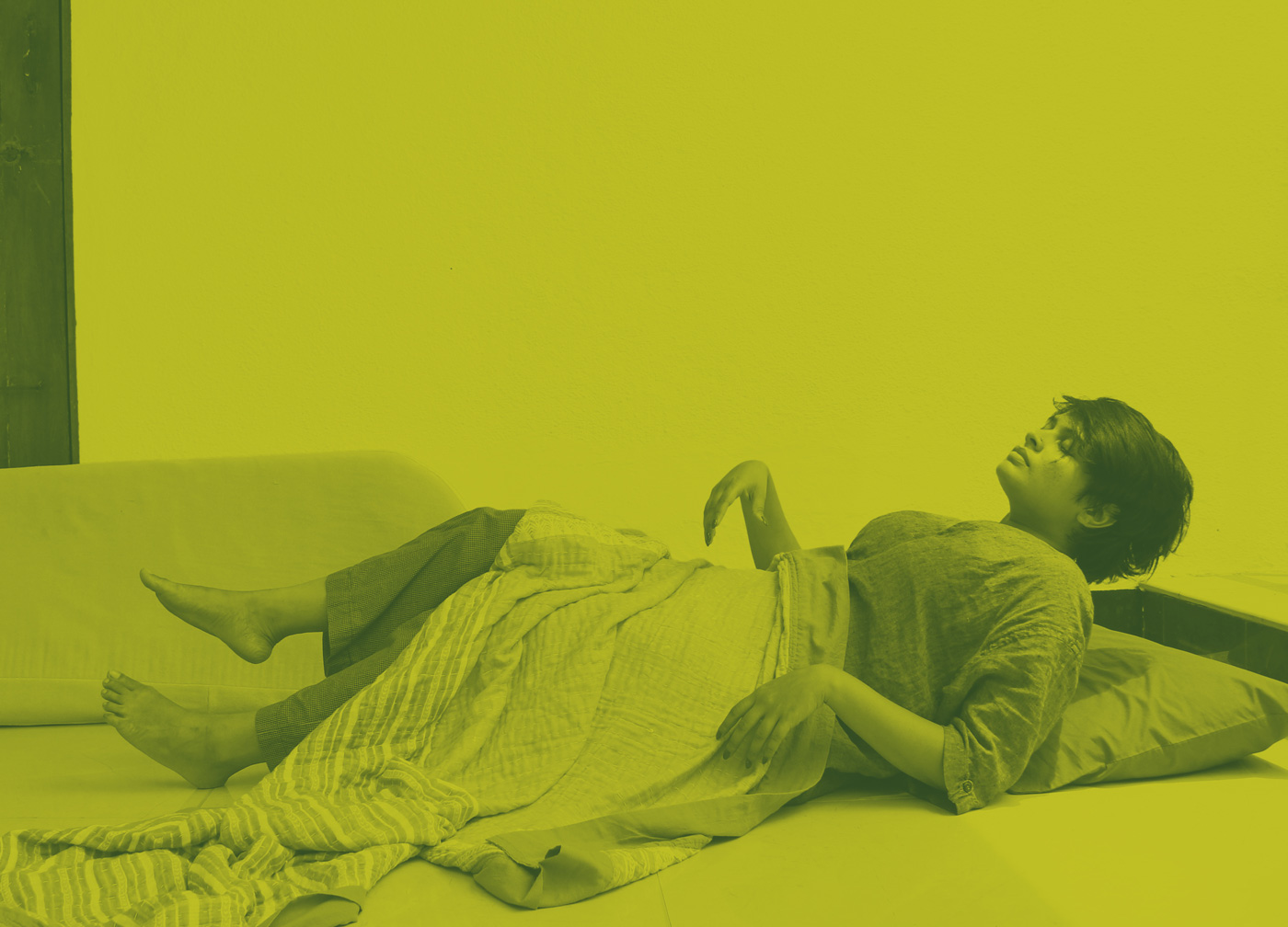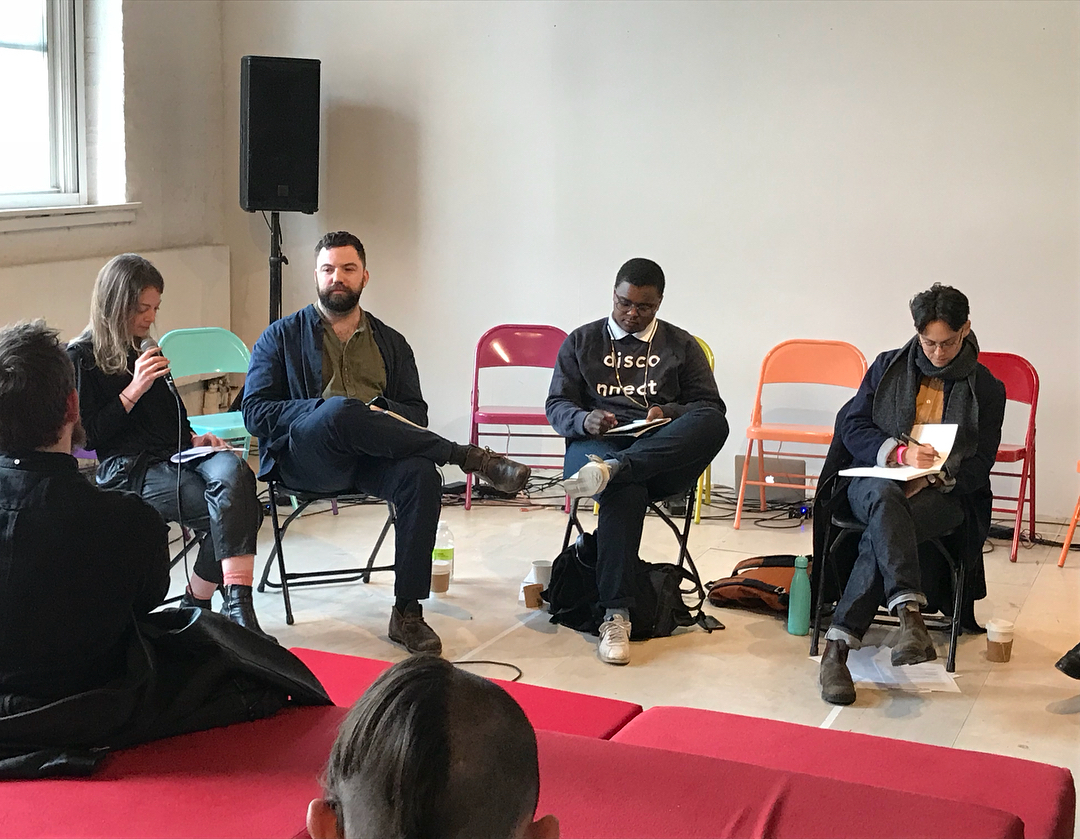Do Androids Dream of Whiteness?
Yellowbotics and the Yellow Cyborg
Danielle Wu
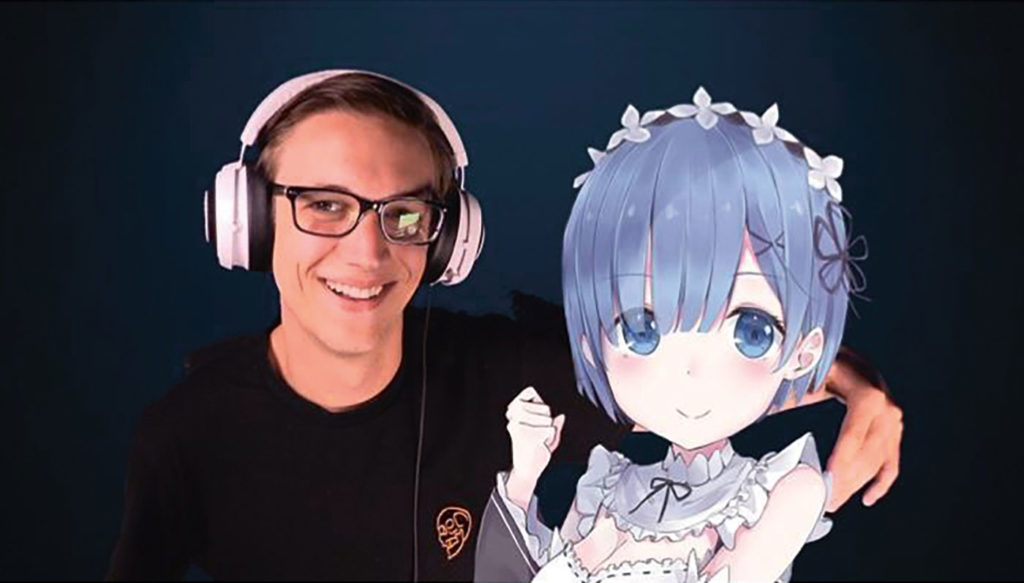
When Philip K. Dick published Do Androids Dream of Electric Sheep (1968), the novel became vastly influential to dystopian visions of the future, generating a technophobia that suspiciously mirrored xenophobia. A visualization of this nightmare, in which whiteness could be troubled by an artificial Other in the future, manifested fully in Ridley Scott’s film Blade Runner (1982), heavily inspired by Dick’s book. Harrison Ford, a conventionally rugged representation of white Western masculinity, is brought into focus against a futuristic vision of Los Angeles’s Chinatown. In the film’s sequel, Blade Runner 2049 (2017), a hologram girlfriend named Joi changes clothing at the drop of a switch before settling on a Chinese qipao as a foreplay costume, reaffirming a logic of Orientalism that describes Eastern identity as an erotic “skin” to be consumed. Blade Runner, and all its replicant forms, is just one example within the long and tired trope of Techno-Orientalism, a tendency to characterize Asian bodies as expendable technology in Western film and literature.1 In keeping with this tradition, Asian artists who engage with technology often have their work interpreted as bleak, flat predictions of modernity-gone-wrong.
As Dawn Chan penned in an essay titled Asia-Futurism, “For almost a century already, the myth of an Asian-inflected future has infiltrated imaginations worldwide...Meanwhile, recent art history serves up examples of Asian artists (and East Asian artists in particular) whose pieces lay ground for even more fantastic futures to come: narratives populated by cyborg love and virtual-reality metropolises.”2 Chan further suggests that “Asia-Futurism” might draw inspiration from Afrofuturism and eschew Techno-Orientalist narratives that erase Asian agency. However, unlike Afrofuturism, which subverts dominant culture’s adamancy in denying Blackness a future, Asia-Futurism must contend with precisely the opposite while avoiding an innate contribution to anti-Black futurisms. How can an idea that marries Asian identity to the future hope to unsettle the Western appetite for the Asiatic (particularly East Asian) character as a modern surface? As Anne Anlin Cheng posits, “Asiatic femininity is at once atavistic (the geisha, the slave girl) and futuristic (the automaton, the cyborg). The artificiality of Asiatic femininity is the ancient dream that feeds the machine in the heart of modernity.”3
Might there be space to reach a different conclusion about the seemingly inseparable bond between the East Asian “yellow” body and technology? Between Techno-Orientalist readings and racial blindness, there must be another way to consider the yellow cyborg as an active agent of critique. Donna Haraway’s proclamation at the end of Cyborg Manifesto that, “I’d rather be a cyborg than a goddess,” implies that we all exist on an even plane to make a choice between these forms. However, can one “choose” to be a cyborg when ethnicity, and especially ethnic femininity, is commodified as a prosthetic aesthetic to whiteness? How can the fusion between human and thing be radical for those who have never enjoyed the full status of human to begin with?
A HARD WHITE BODY
Beneath Asia-Futurism and Techno-Orientalism’s insistence that yellow cyborgs are the future’s phantoms is the possibility
that yellow identity has long been subsumed within capitalist systems as a prosthetic extension. For her exhibition A Hard White Body, Candice Lin addresses this idea, writing about the history of porcelain as “a Chinese object of Western desire.” As Lin suggests, in 18th century Europe, porcelain was fetishized for its “purity” and “whiteness”;4 qualities that have long characterized the bodies of East Asian women.
In the sculpture Untitled (Self-Conditioning) (2017), artist Tiffany Jaeyeon Shin exorcises this legacy—Four identical white porcelain vases, each connected by a rubber tube, expunge liquid white supremacy from their interiors. Pumping through Shin’s figurative cardiovascular system is a Korean drink called hyangyak. Traditionally used for detox and medicinal purposes, hyangyak is here employed to symbolically humanize and animate a petrified, artificial body.
Shin’s use of kinetic mechanisms as a representation of the yellow body is an example of what I characterize as yellowbotics, a politic of combining East Asian subjectivity (“yellow”) with the machine (“robotics”). Such gestures—pervasive in the visual arts—describe yellow subjectivity as resisting against and yet hopelessly entangled within systems such as an oppressive white Western culture. Yellowbotics addresses the subject who resides where assigning the term Asia-Futurism feels most prone to Techno-Orientalism. The framework might help us see past the world’s timeline to study how yellowness copes with its coercion through artifice by insisting on the imperiled existence of an organic subject.
I advocate for yellowbotics, not as a monolithic cultural or visual movement, but as a widely varied discursive tendency in the aftermath of yellow “flesh” being repeatedly confused and congealed with material culture. It is perhaps the most under-examined reaction against a long legacy of what Anne Anlin Cheng calls Ornamentalism; “the forging of the sense of personness through artificial and prosthetic extensions.”5
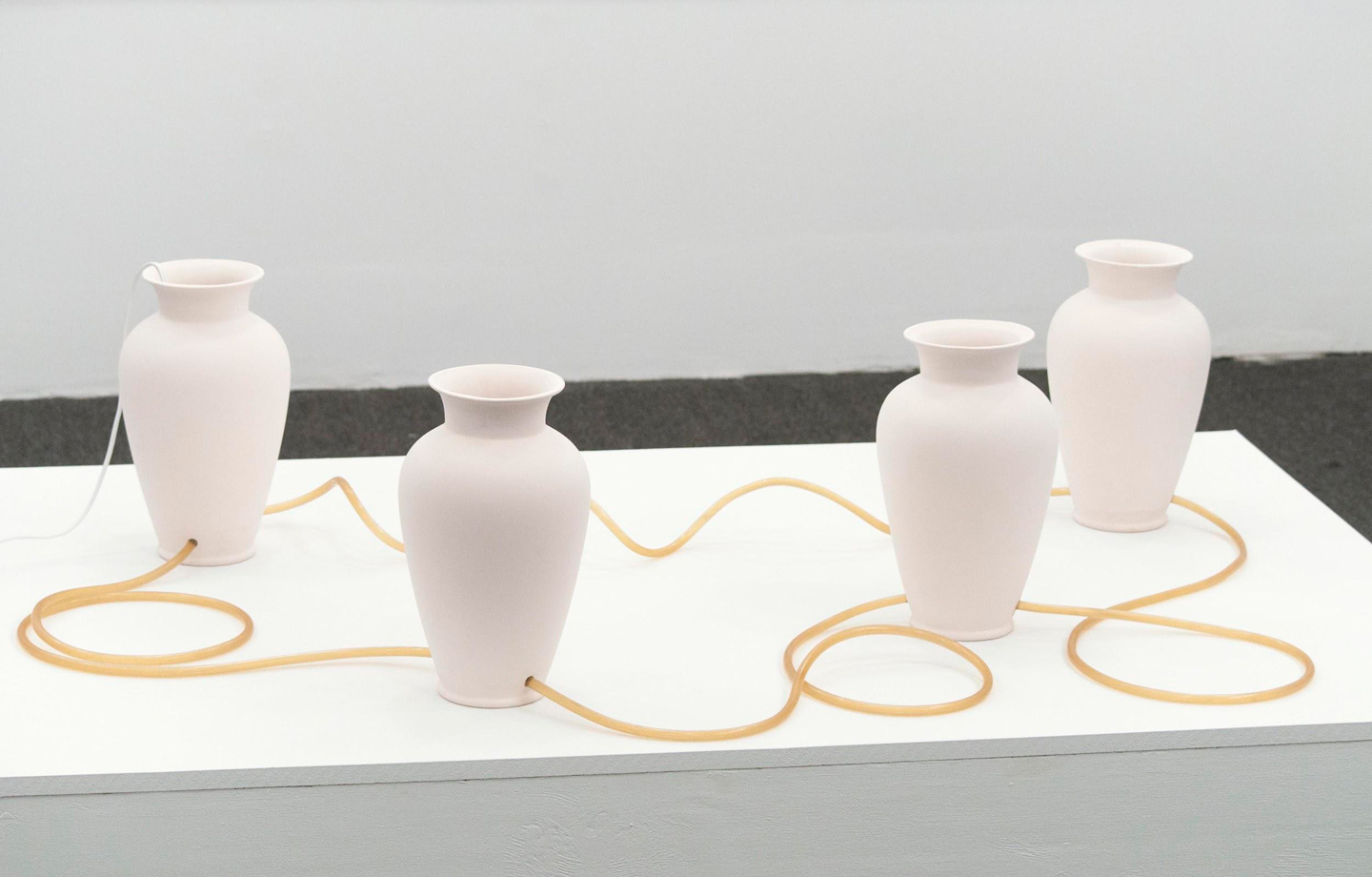
SQUINTING HARD
In 2017, Korean-American artist Anicka Yi presented Life is Cheap, a solo exhibition at the Solomon R. Guggenheim Museum. Comprised of three new installations that examine the “biopolitics of the senses,” the exhibition challenged how assumptions related to gender, class, and race shape our perceptions, particularly of Asian American women.6
In an installation titled Force Majeure, spores of colorful bacteria grew in agar gel on white plexiglass tiles. Lining an enclosed room sealed by a large glass window, each tile contained bacteria gleaned from neighborhoods in New York’s Chinatown and Koreatown. Excluding non-East Asian communities, it was perhaps not so much an attempt at subverting dominant ideas of Asian Americanness as it was to weaponize yellowness. Opposite this was Lifestyle Wars, comprised of a giant ant farm that resembled the insides of a computer mainframe, constructed from mirrored plexiglass and aluminum racks. In the third installation, Immigrant Caucus, fragrances were sprayed intermittently into the air from a series of metal canisters.
Despite the show’s distinct allusion to themes of race, few critics engaged deeply with these aspects of the exhibition. Writing for Artnet, Ben Davis wondered (emphasis my own), “What is the deal with the ants? Squinting hard at ‘Life Is Cheap’ (intellectually), I wonder if there is some kind of vague background reference to Western stereotypes about Asian cultures as ‘worker ants.’”7 Davis appears to formulate his understanding by prioritizing the gaze of a monolithic West and in doing so, reduces Yi’s agency within these explorations. Others, such as Karen Rosenberg of The New York Times, evaded these politics by characterizing the work as “of the future”—despite Yi having never placed her concerns there herself.8
Even though Life is Cheap was widely interpreted as a futuristic, dystopian fiction, I argue that it can also be understood as an expression of anxiety; an artist’s search for a subversive presence as part of the Asian diaspora. For example, in Immigrant Caucus, Yi employs a strategy of “invisibility” by representing the Asian American woman not with an image, but with an odor. In this way, she denies the viewer consumption of an exotic skin that has long been co-opted as Oriental or Ornamental. Further, by discarding the “ocular,” Yi also confronts an underlying question that haunts much of Asian American activism (particularly that which is East Asian-centric): Having reached a state of relative comfort afforded by non-Blackness, how does the yellow woman move beyond a politics of representation?
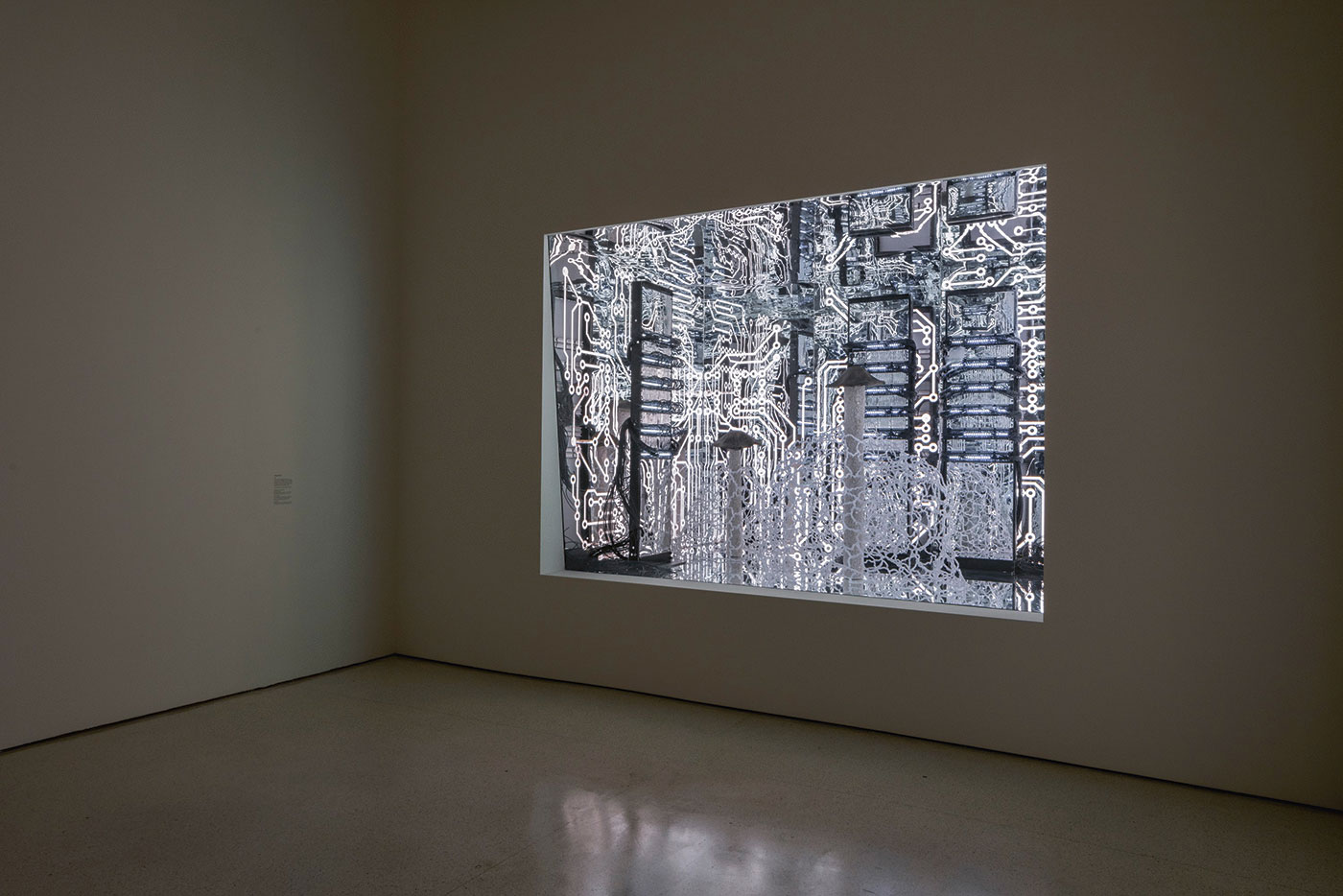
Yi’s “skin-free body” appears marked by a realization that, like white feminists, perhaps the yellow woman is not—and does not deserve to be—the central protagonist in feminist struggle. As Aria Dean writes on white feminist visions dependent on figurative visualizations; “So long as the feminist politic with the most traction enjoys [an] uncomplicated relationship to visibility, it will only sink further into aestheticization and depoliticization…we must devise a new politic of looking and being looked at.” Unconvinced, then, that visibility and representation will bring liberation, the yellow woman, who is desired for her “hard white body,” must find a new form of agitation.
In the installation Lifestyle Wars, Yi speculates on the status of yellow bodies in Western society. Inside the ant farm’s translucent tunnels, the six-legged specimens visibly struggled to climb the frictionless walls. As the exhibition wore on, they began to die. Insects epitomize a monstrous body that is simultaneously feminine, alien, and abject: the yellow peril, the castrated railroad worker. Through the ant, Yi draws an allusion to the East Asian body, and both of these tribal communities reside within a suffocating modernity that they are complicit in making. In Immigrant Caucus, canisters discharged scents of “Asian American women” into the halls of the Guggenheim; in Lifestyle Wars, these same fragrances were released into the chambers of the ant farm. A careful observer might realize that Yi has symbolically collapsed the real and the model miniature. She portrays us all as obedient pests in a seductive temple of modernism.
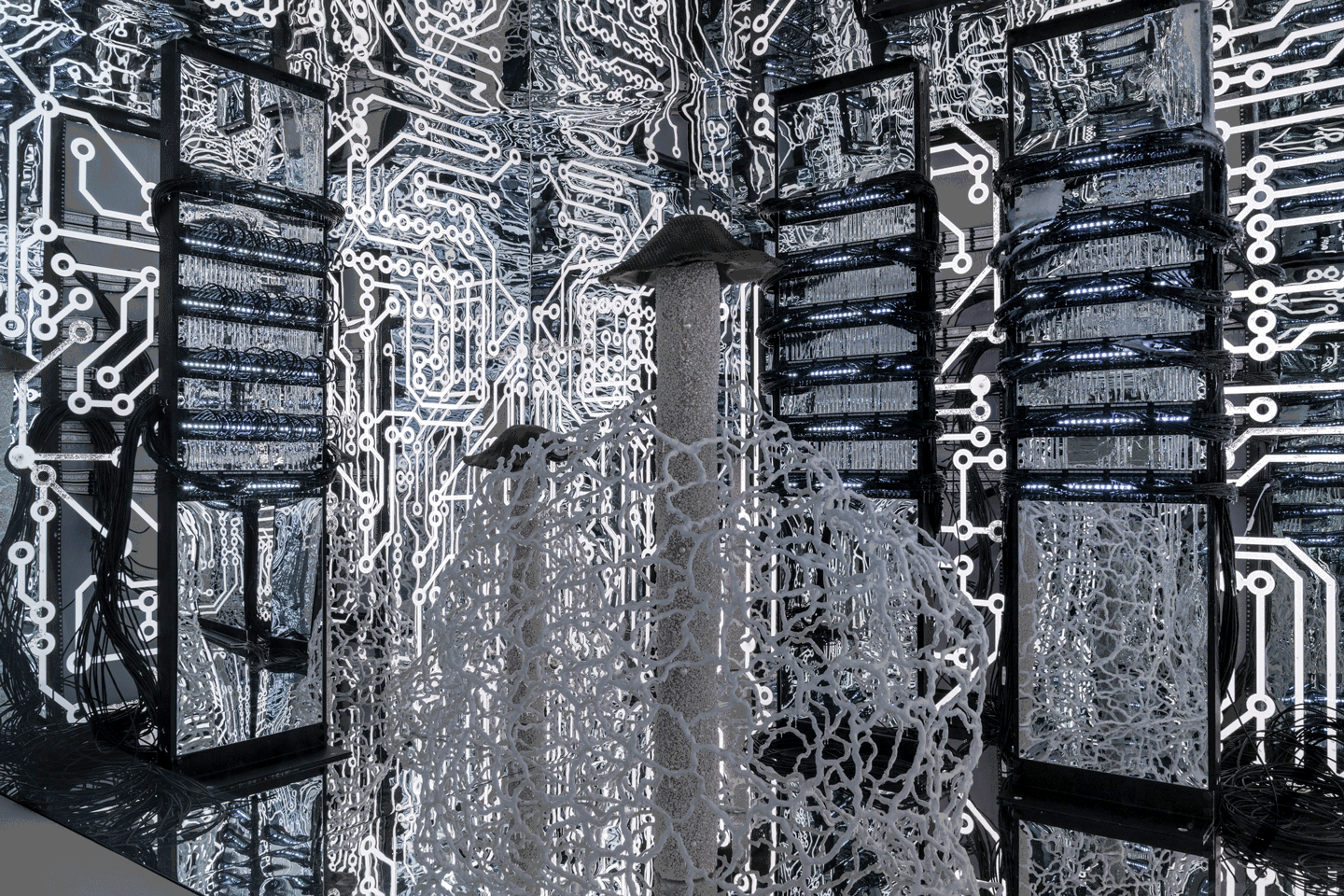
At last, a clear picture of yellowbotics emerges. The yellow woman is an underground specter complicit in the engine of Western modernity. Yellowbotics is an allegory of complicity, and it is this nuanced suspension between oppressed and oppressor that is rarely a visible or marketable narrative. Malnourished by an environment that denies her subjectivity, the yellow woman traverses the world as a reliable and obedient laborer. She is endlessly replaceable and easily assimilated. It is this marked compliance that yellowbotics elucidates. Yi’s ants, entombed within their industrial splendor, center themselves around phallic mushroom skyscrapers adorned with pearls—a stunning interpretation of metropolitan cities vastly influenced by Western ideals and insatiable vanity. This Euro-American Dream is replete with a fantasy of iridescent whiteness. In our pursuit of these ideals, these impossible delusions, and our lack of criticality, we all perish within this environment of lethal toxicity.
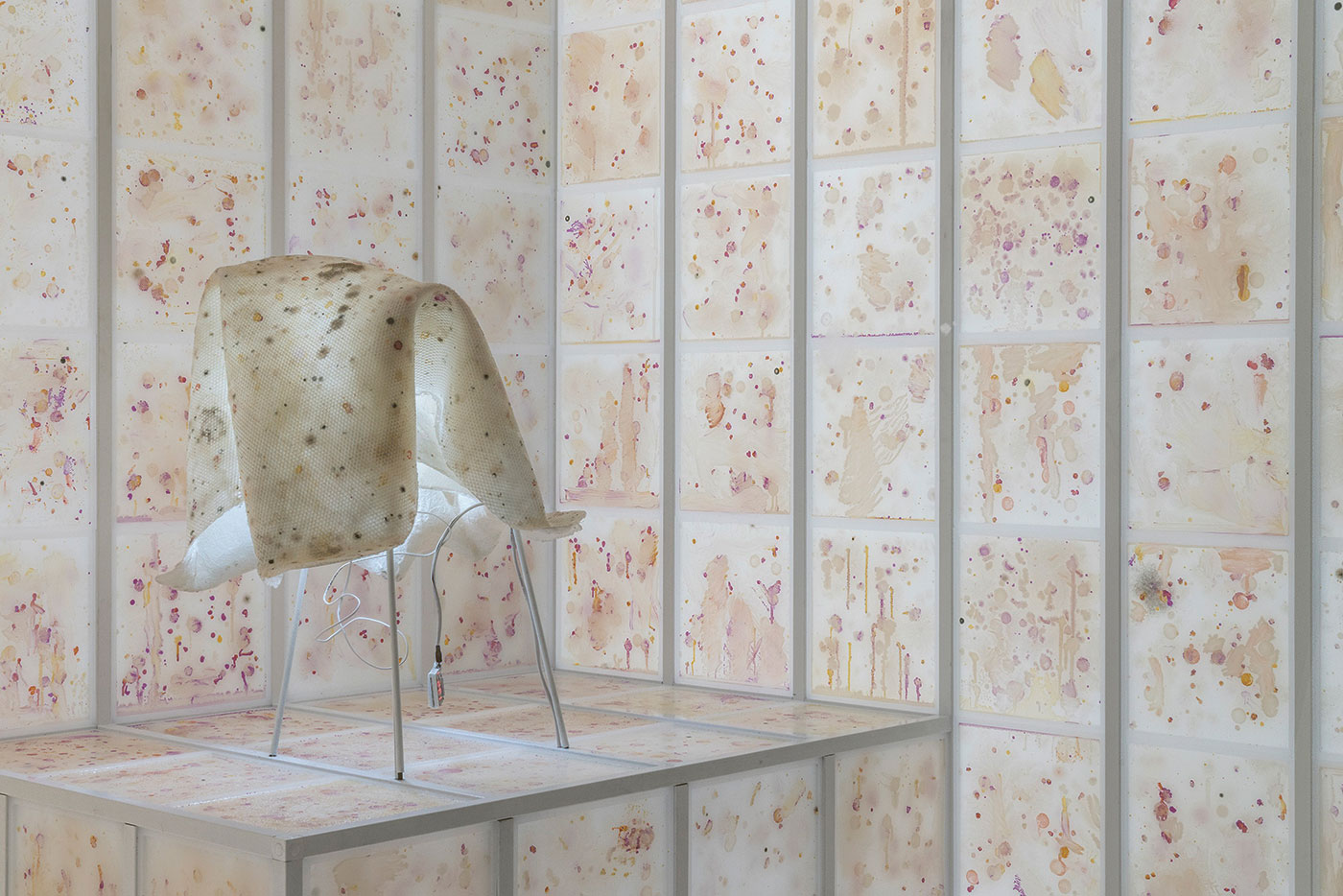
Unlike Asia-Futurism, yellowbotics locates works like Yi’s firmly within their times, allowing artists to take on board more immediate critiques of whiteness and also of themselves. Both Yi and Shin capture the messy intricacies of Asian American activism in multitude, presenting us with the inadequacies of Pan-Asian resistance and the relative apathy of this activism in comparison to, say, Black Feminism. From Yi’s ants to Shin’s intravenously connected vases, yellow flesh that has passed through objecthood is still a desiring agent. Despite its melancholic state, the yellow body is still passively abiding by an oppressive system. Where Asia-Futurism might reduce their smooth surfaces and mechanical parts to pleasurable architecture, yellowbotics allows for a deeper inquiry into what precisely causes someone to be read as not quite human.
-
David S. Roh, Betsy Huang, Greta A. Niu, et al, Techno-Orientalism: Imagining Asia in Speculative Fiction, History, and Media (New Jersey: Rutgers University Press, 2015), https://muse.jhu.edu/book/40896. ↩
-
Dawn Chan, “Asia Futurism,” Artforum (Summer 2016), https://www.artforum.com/print/201606/asia-futurism-60088. ↩
-
Anne Anlin Cheng, “Ornamentalism: Feminist Theory for the Yellow Woman,” Critical Inquiry 44, no. 3 (Spring 2018): 442, https://www.journals.uchicago.edu/doi/abs/10.1086/696921. ↩
-
Candice Lin, A Hard White Body (Paris, France: Bétonsalon, 2017), 5, http://www.betonsalon.net/IMG/pdf/bs22-final-complet.pdf. ↩
-
Cheng, “Ornamentalism: Feminist Theory for the Yellow Woman,” 436. ↩
-
“The Hugo Boss Prize 2016: Anicka Yi, Life Is Cheap,” Guggenheim, accessed July 24, 2018, https://www.guggenheim.org/exhibition/the-hugo-boss- prize-2016. ↩
-
Ben Davis, “Anicka Yi’s Art Is an Enigma Wrapped in an Ant Farm,” Artnet, May 2, 2017, https://news.artnet.com/exhibitions/anicka-yi-guggenheim-935012. ↩
-
Karen Roseberg, “Please Smell the Art: Anicka Yi Will See That You Do,” The New York Times, May 11, 2017, https://www.nytimes.com/2017/05/11/arts/design/please-smell-the-art-anicka-yi-will-see-that-you-do.html. ↩
